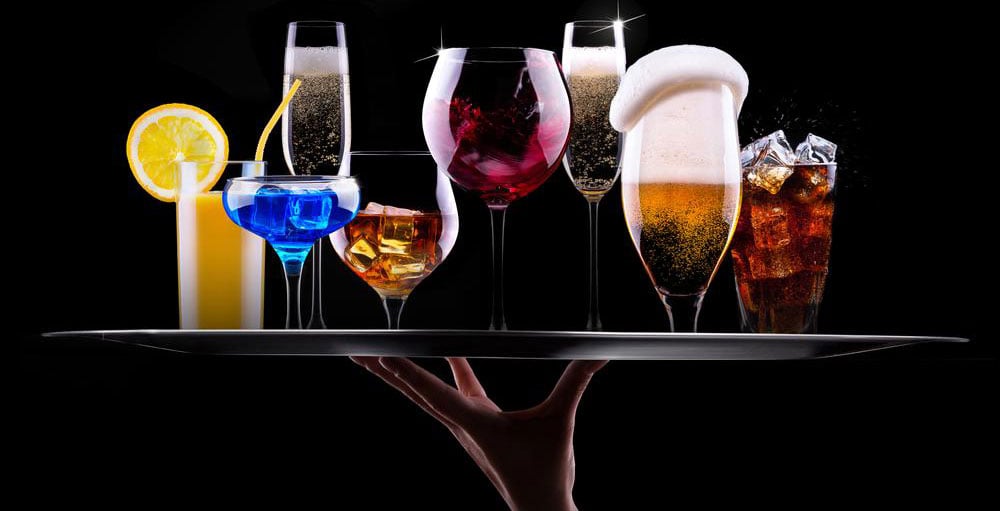Learn the standard serving sizes of alcohol — and how they can help you determine a customer’s intoxication level.
One of the techniques to keep track of and estimate a person’s intoxication levels is to count the number of drinks they’ve had in a given time period. This helps alcohol servers and bartenders estimate a person’s Blood Alcohol Concentration (BAC) levels and determine if they are over the legal limit to drive.
To be as accurate as possible in estimating a customer’s BAC, it’s important that alcohol serving sizes are regulated. In the United States, the standard serving size is defined and regulated as any beverage containing .6 fluid ounces of pure alcohol. With this system, alcohol servers and bartenders know how much alcohol is in each drink they serve and can accurately count drinks.
How do you measure a standard serving of alcohol?
A standard serving of alcohol is defined as the amount of ethyl alcohol the average person’s body can process in an hour. A standard serving of beer, wine and hard liquor are all regulated to contain .6 ounces of ethyl alcohol, even if the actual drink sizes in ounces are very different. A standard serving of alcohol is also measured by the percentage of alcohol found in that drink.
This is why the standard size of an alcoholic drink differs depending on the type of alcohol a person orders. For example, a person ordering straight liquor would get a much smaller drink in ounces compared to someone ordering a beer.
What are the standard serving sizes for different types of alcohol?
A standard serving is measured and regulated as the average drink size by type of alcohol and its average alcohol by volume (ABV):
| Type | Size | % of Alcohol |
|---|---|---|
| Beer | 12oz | 5% ABV |
| Wine | 5oz | 12% ABV |
| Liquor | 1.5oz | 40% ABV |
Not all alcoholic drinks are made equal
Even though there is a regulated standard serving size of alcohol, not all alcoholic drinks contain the standard serving size. For example, premium liquor and beers can have a higher alcohol content than the standard .6 ounces of ethyl alcohol per serving. The size of a standard drink is dependent on the alcoholic beverage’s ABV.
For bartenders, this is especially important when mixing different types of alcohol for drinks like cocktails. Correct pours will help you accurately count drinks and calculate how much alcohol your customer is consuming. Always use the proper alcohol measuring device and know the ABV to ensure you’re pouring the standard drink size.
Example: What is the serving size of this Long Island Iced Tea cocktail recipe?
- 1oz of vodka
- .5oz each of:
- rum
- cointreau
- tequila
- gin
The different types of liquor add up to 3oz of alcohol. Since the standard serving size of liquor is 1.5oz, this cocktail should be considered as 2 standard drinks.
Not only is it important for alcohol servers and bartenders to know the standard serving sizes of alcohol, they should also know the alcohol serving size of the mixed drinks their establishment serves. Counting drinks, along with observing for changes in customers’ behavior, are the best techniques to use when monitoring a customer’s intoxication levels and determining whether you should stop service.
Learn everything you need to know about BAC, standard serving sizes and additional techniques to ensure you’re responsibly serving alcohol to your customers by taking Userve’s Alcohol Server Course.

